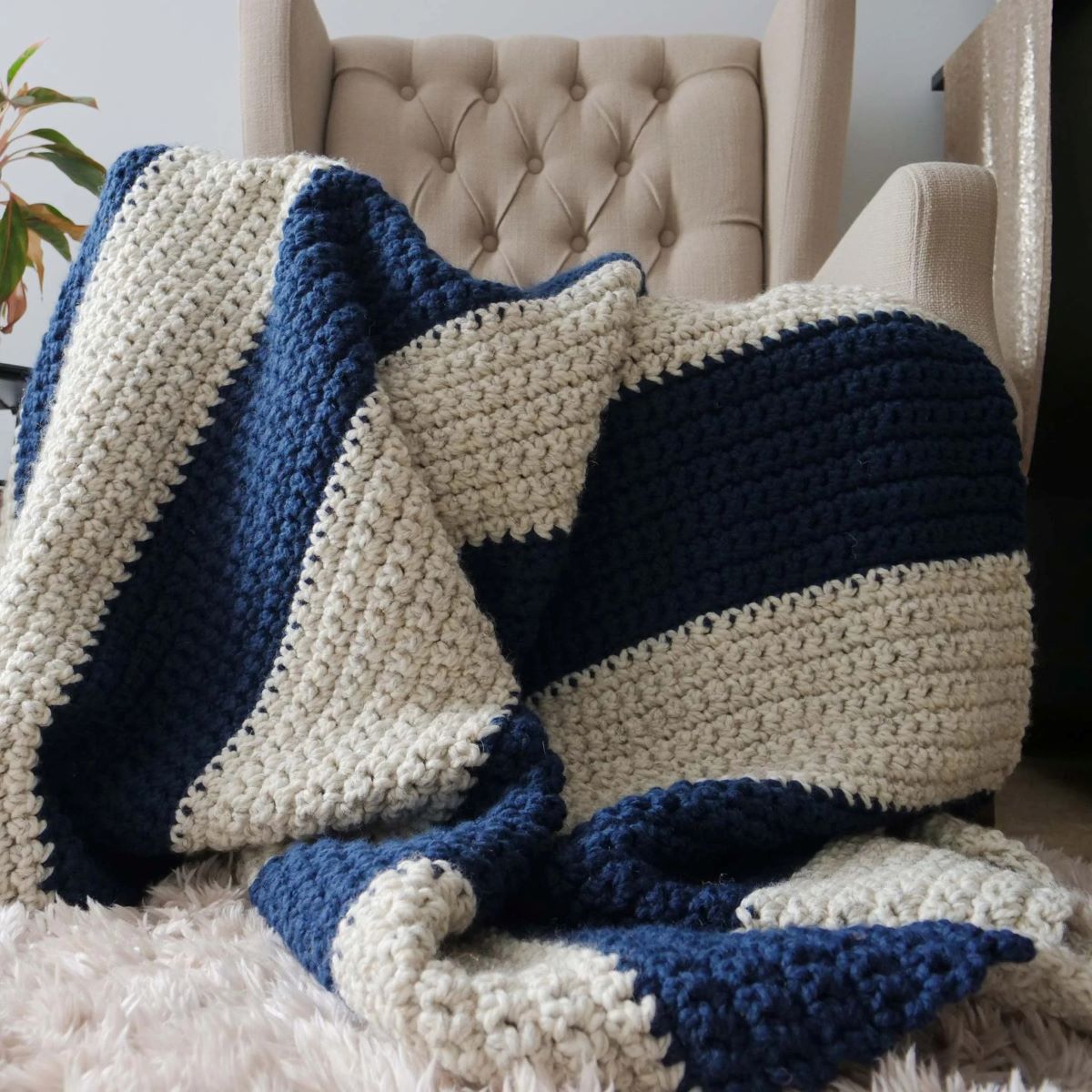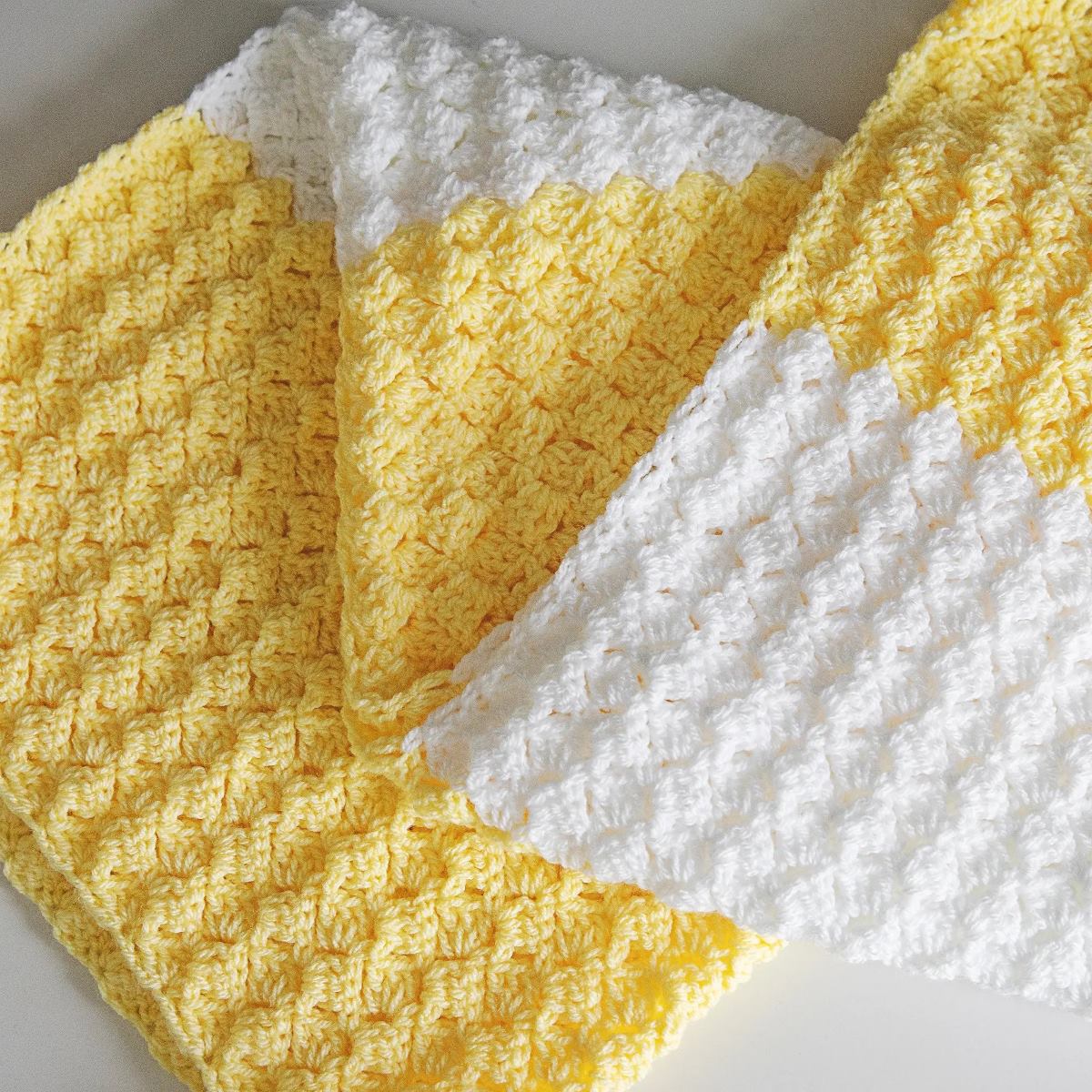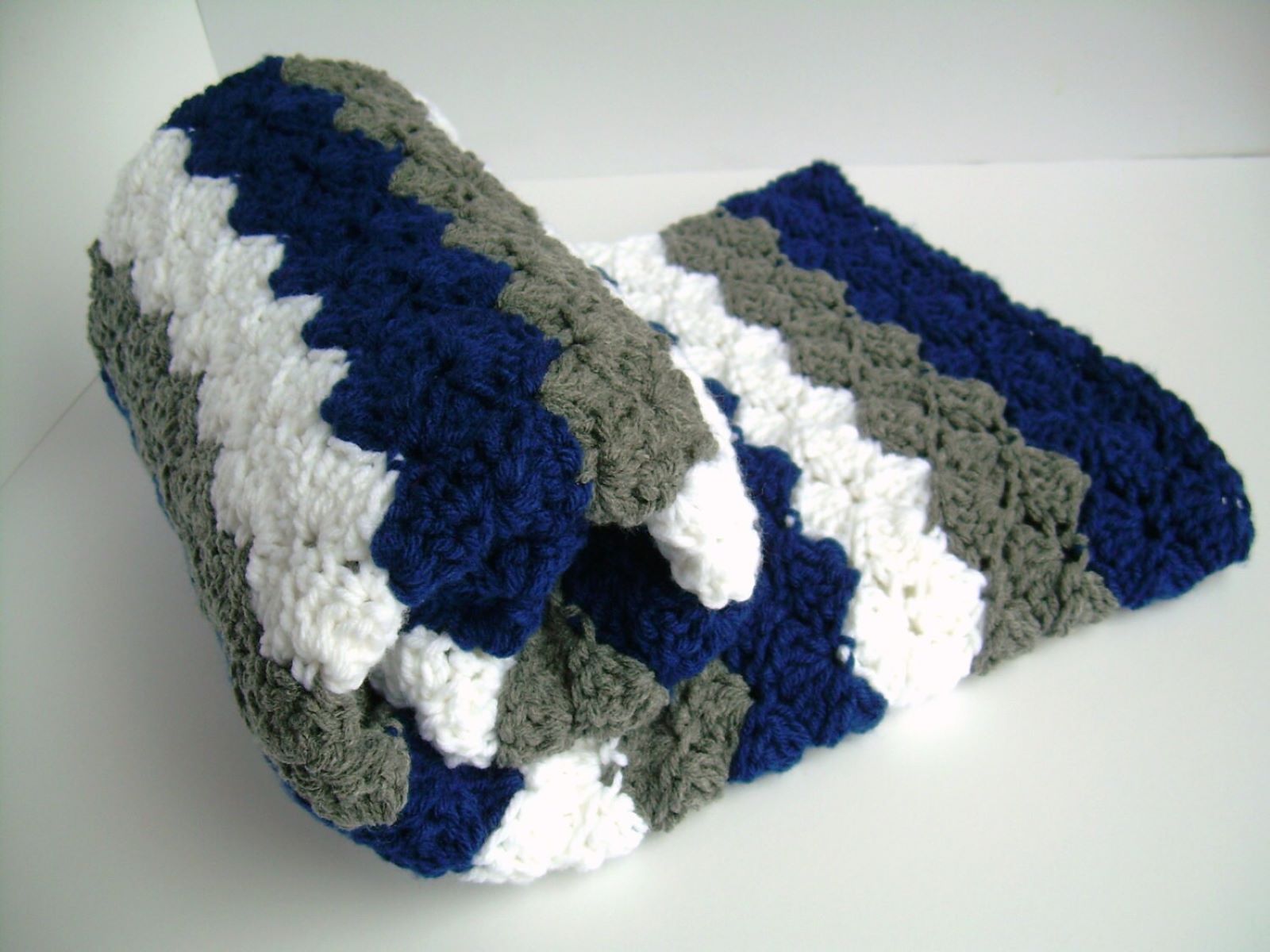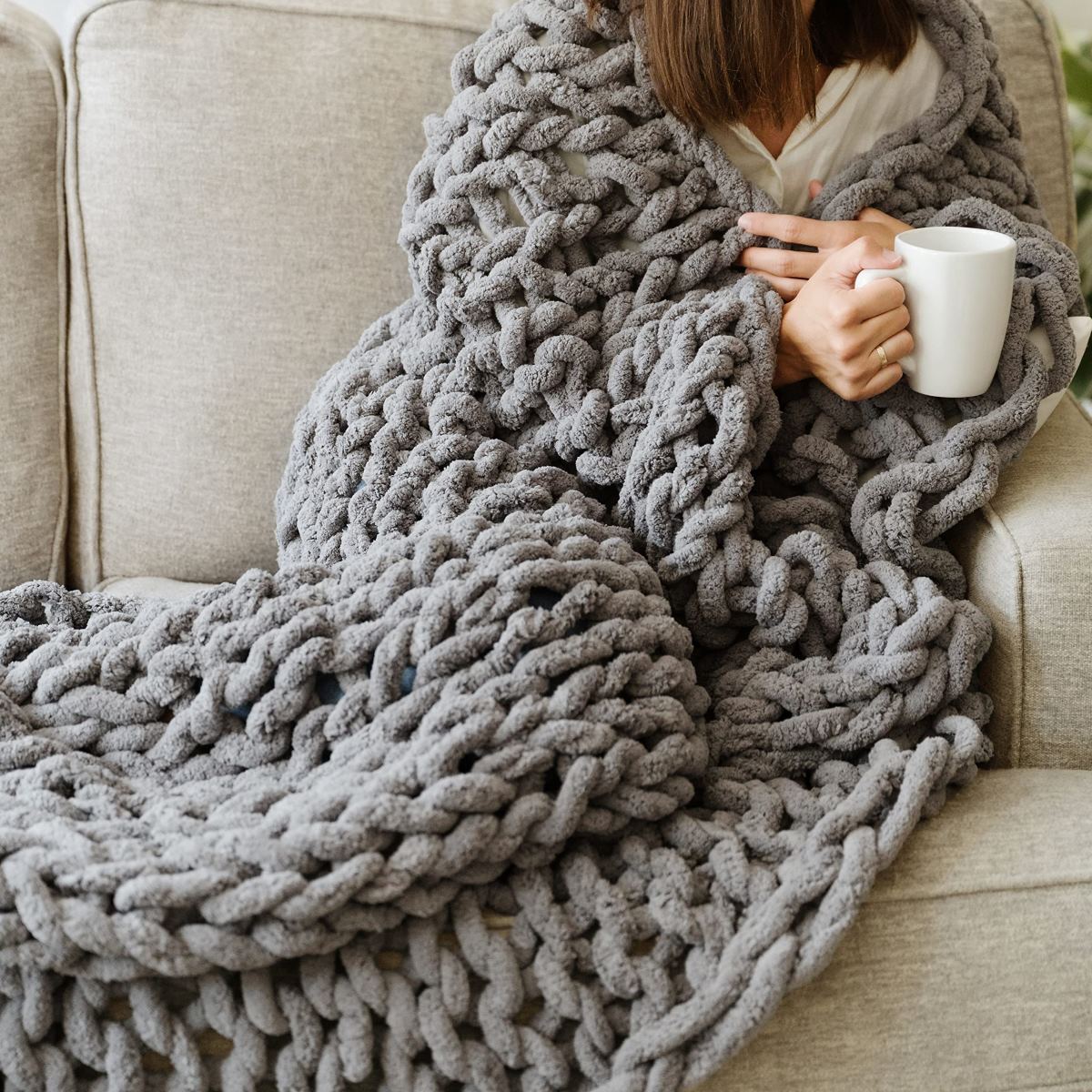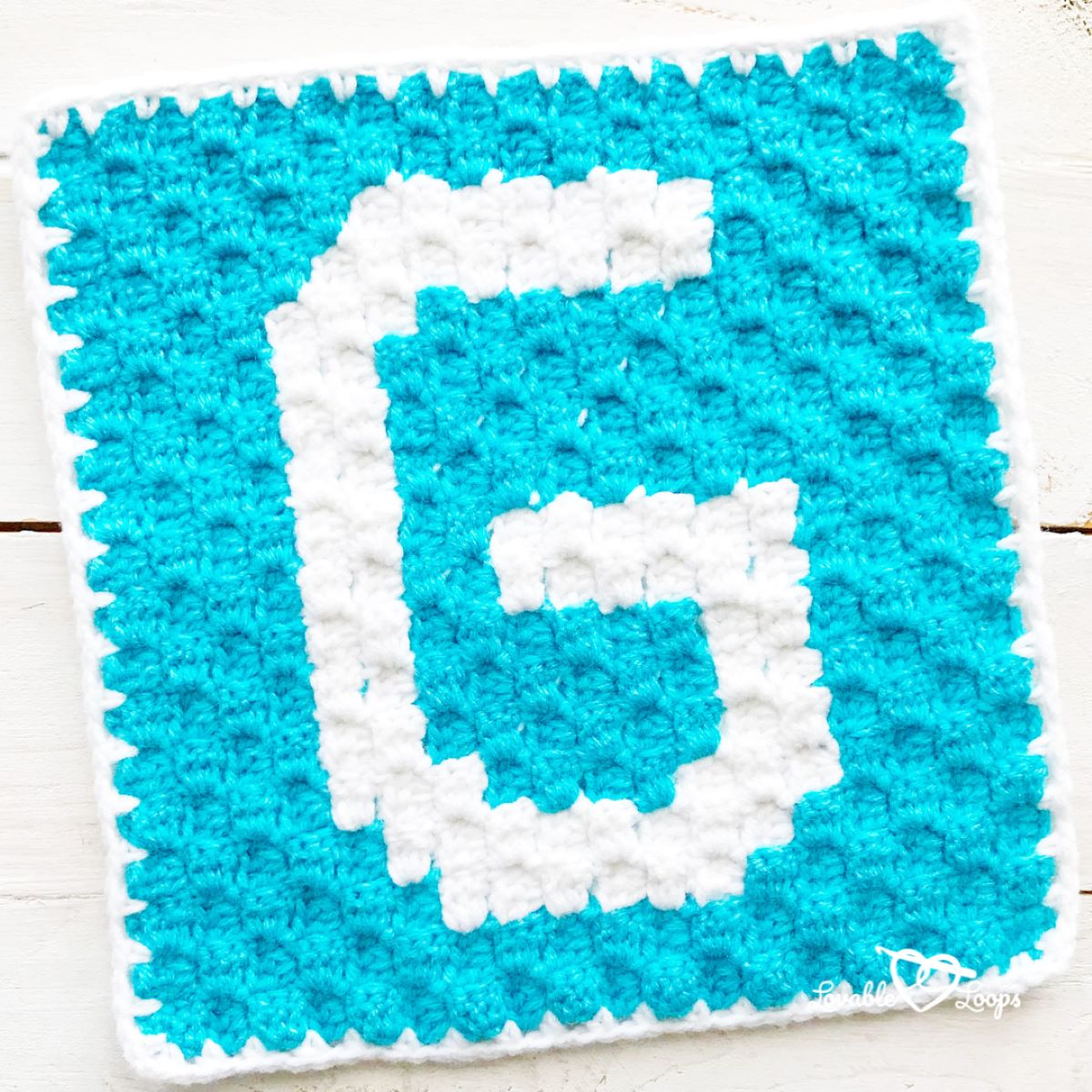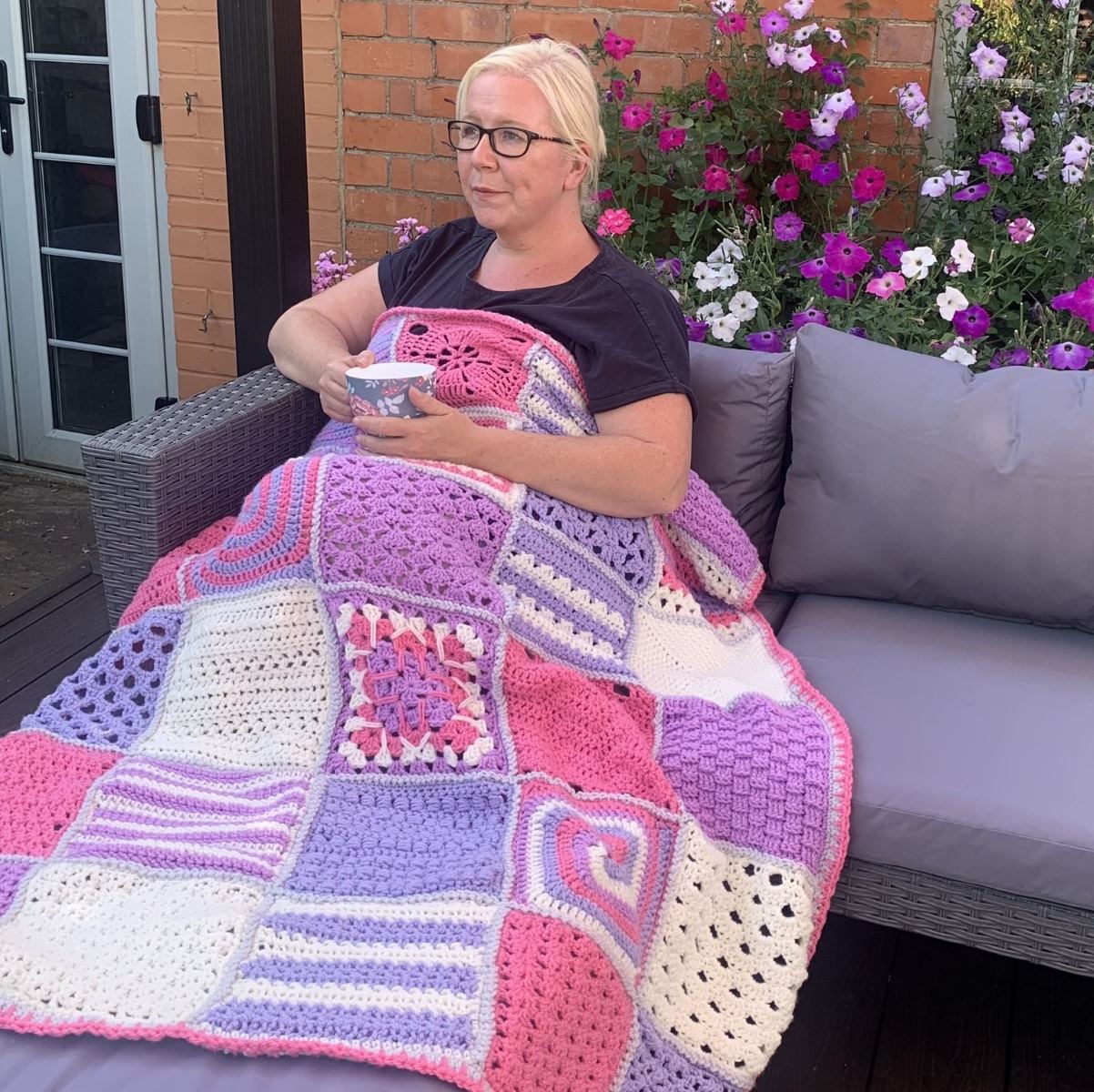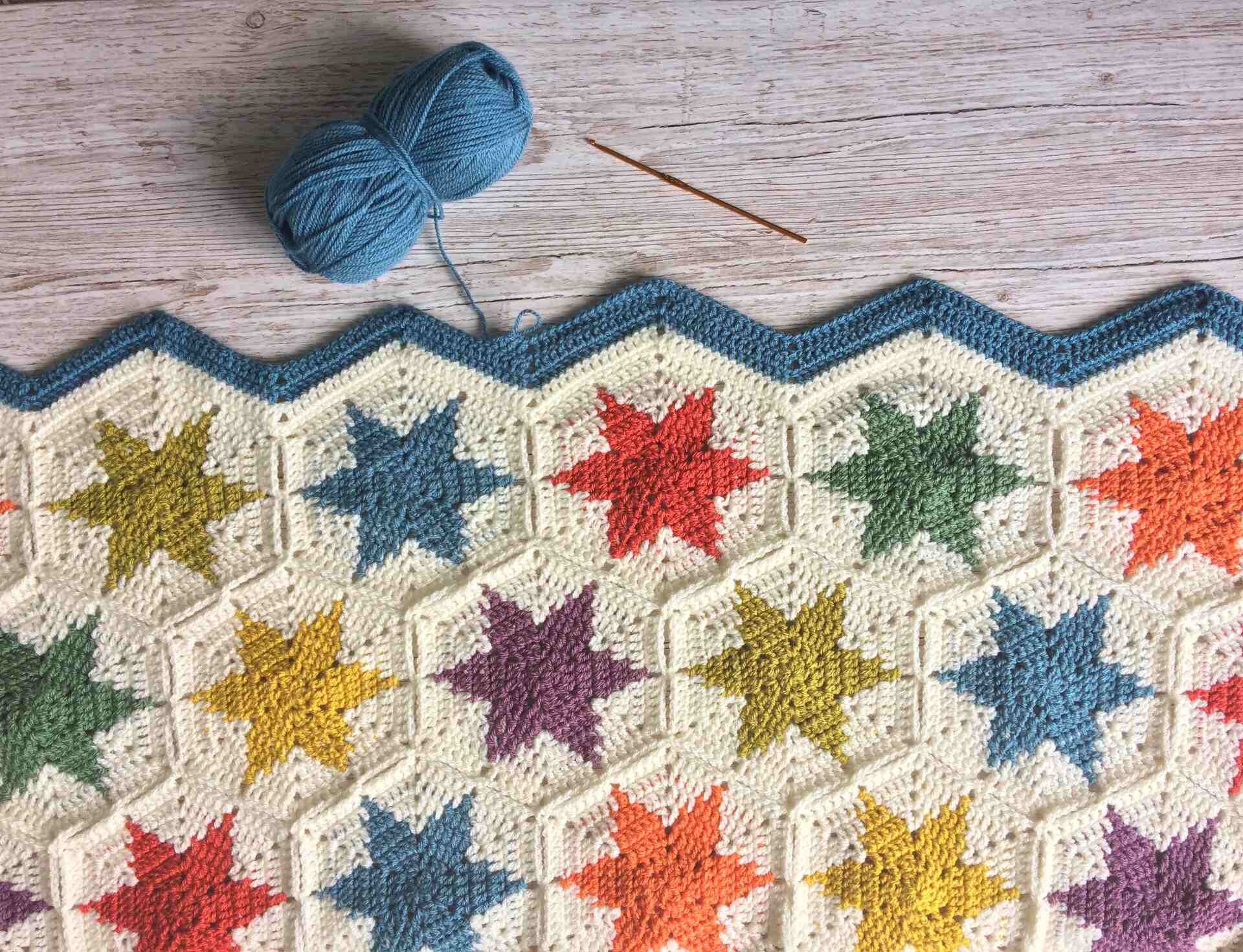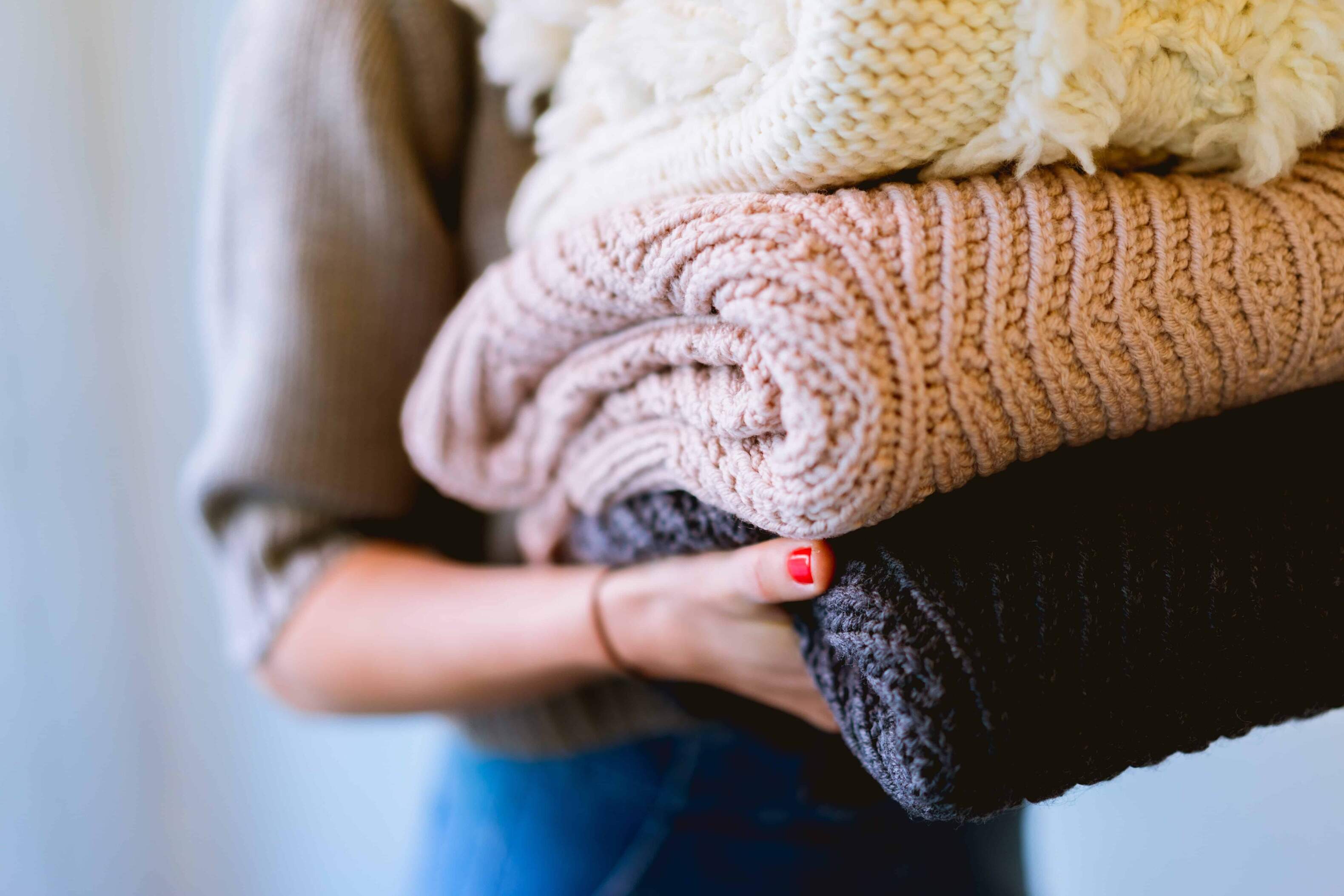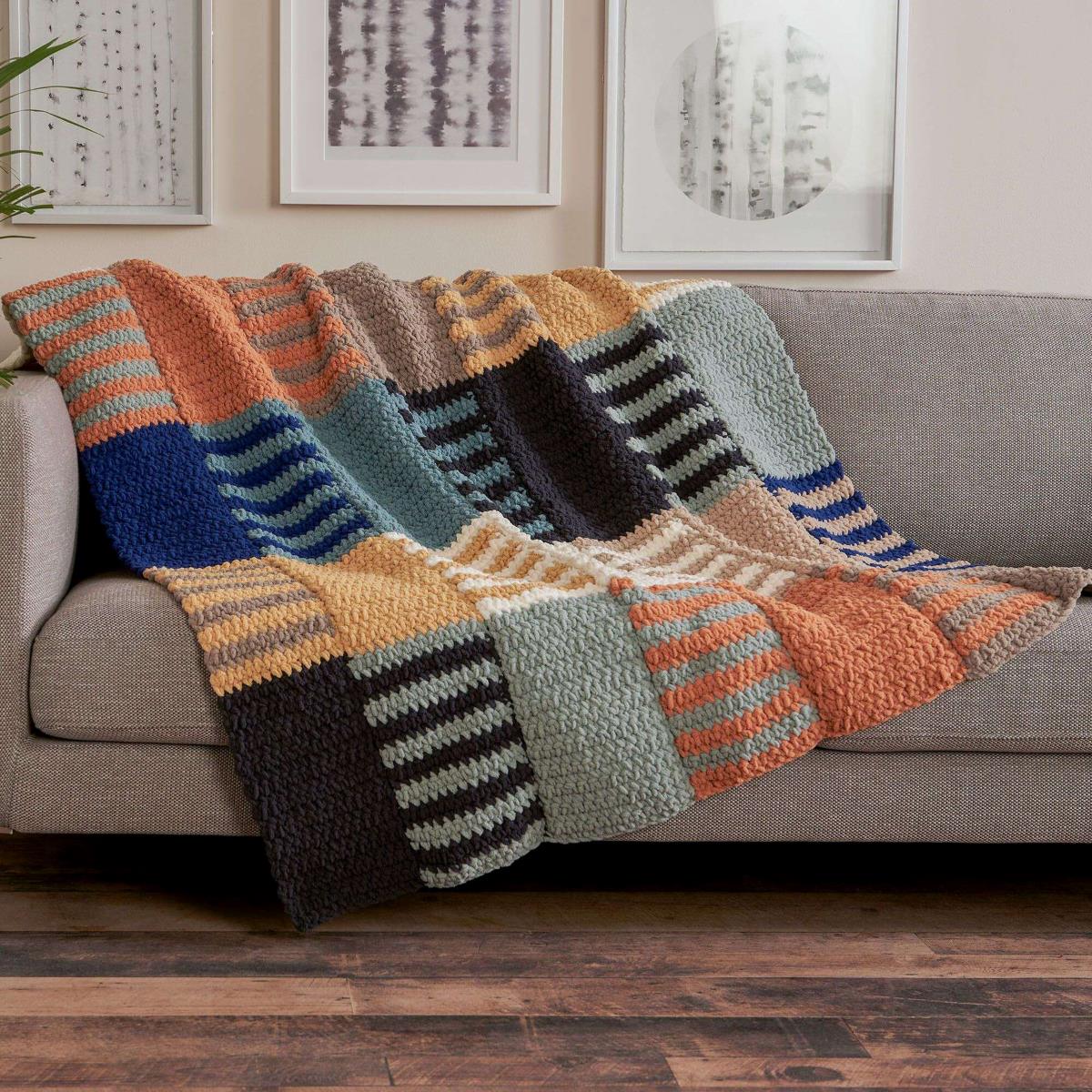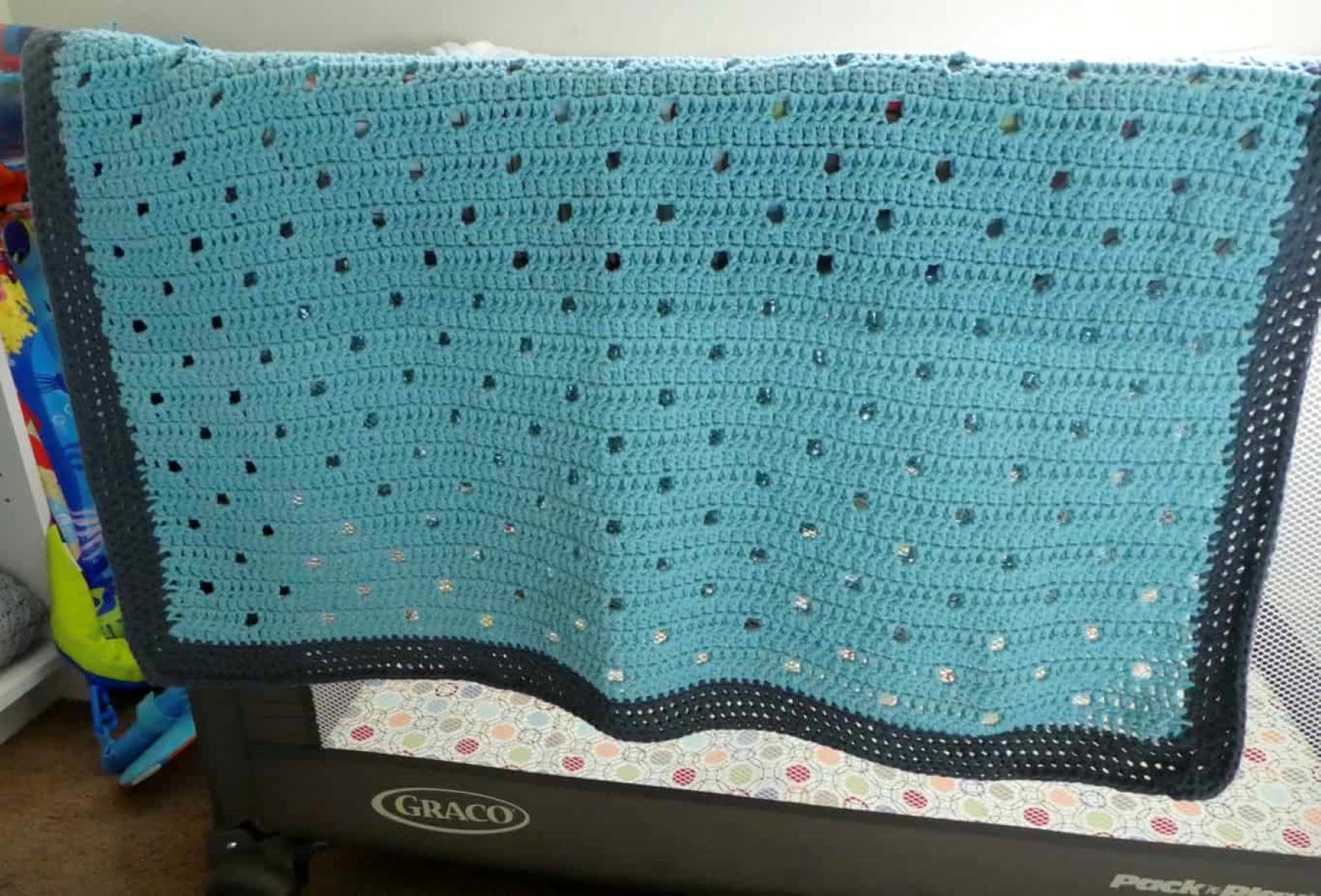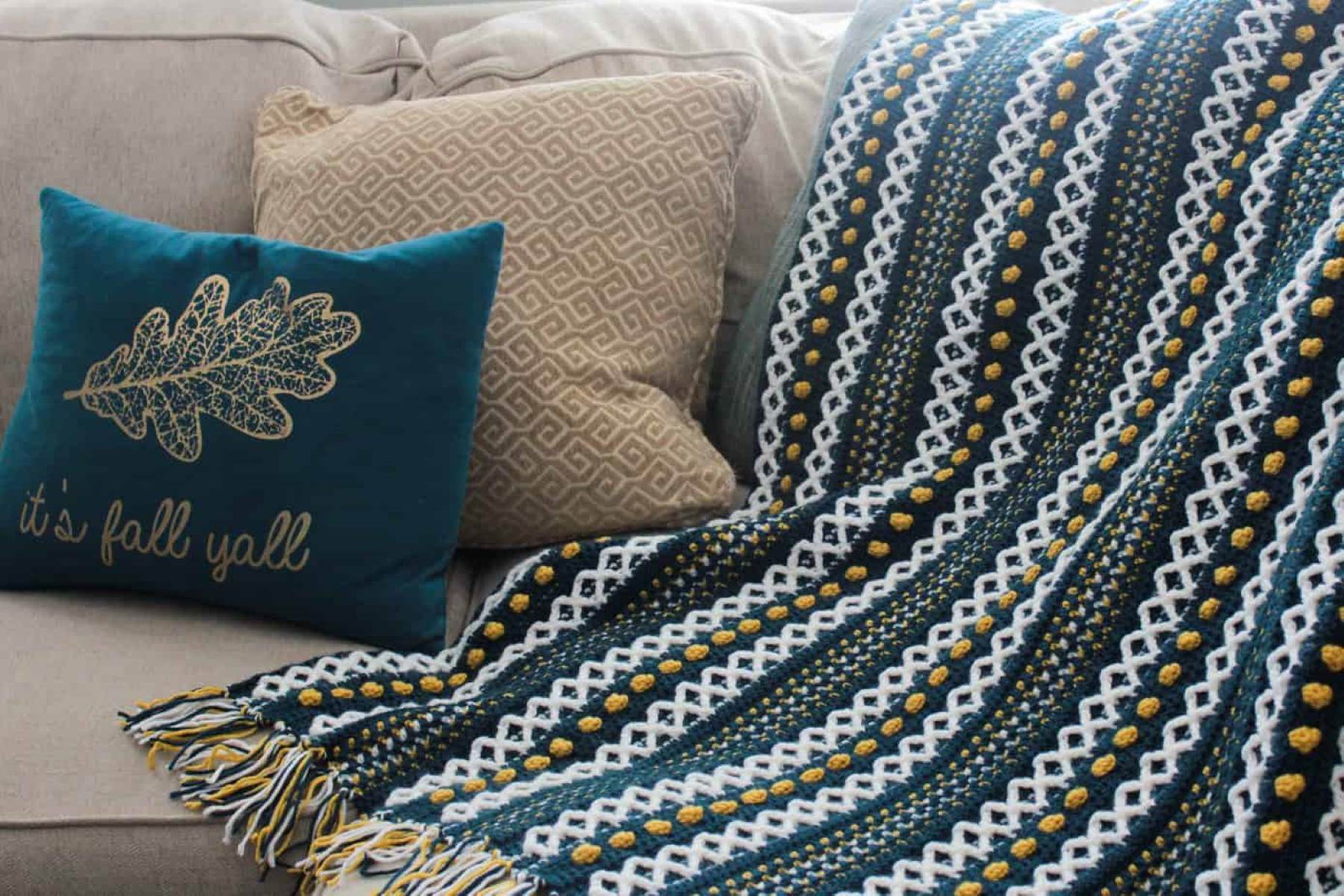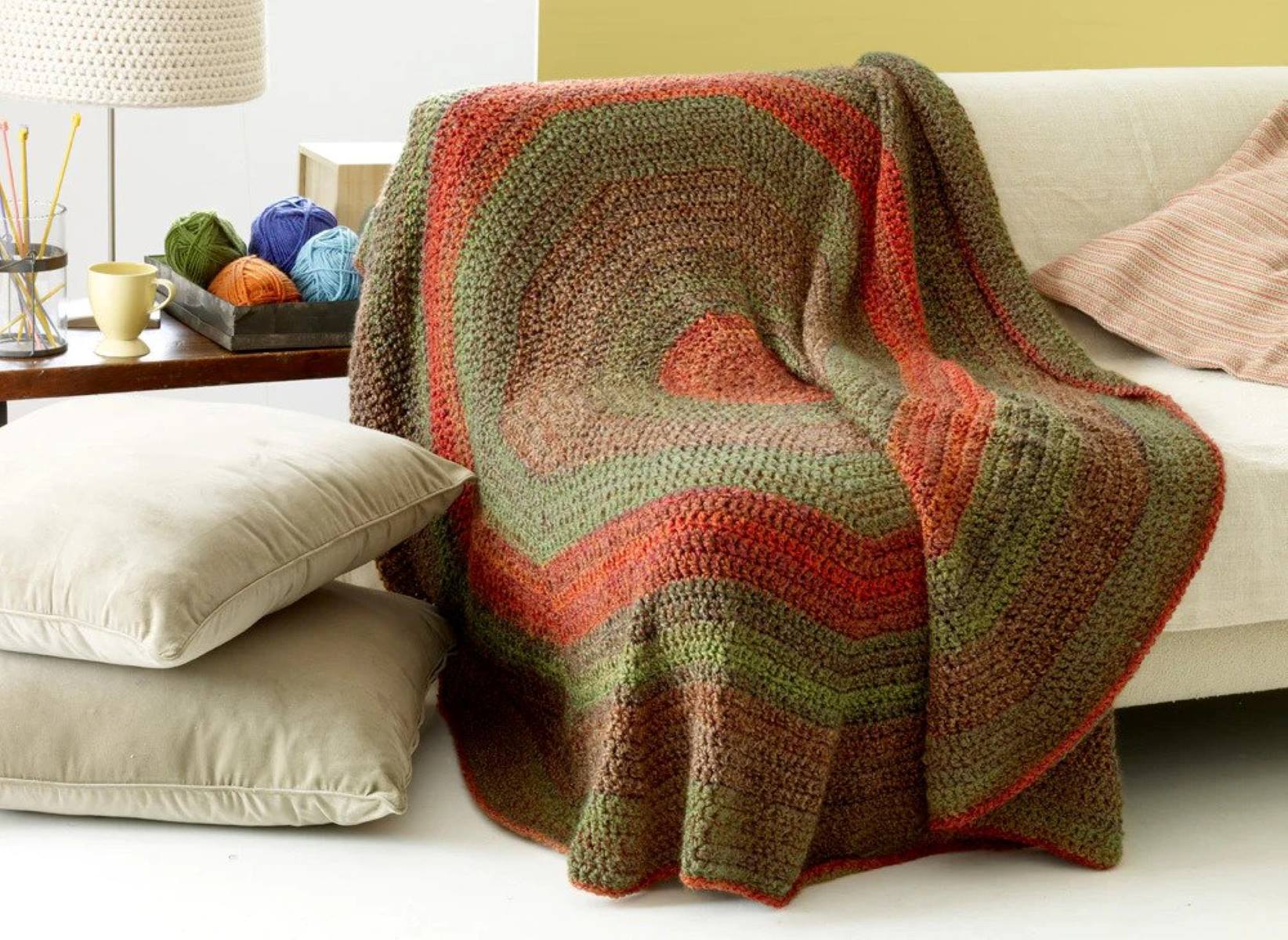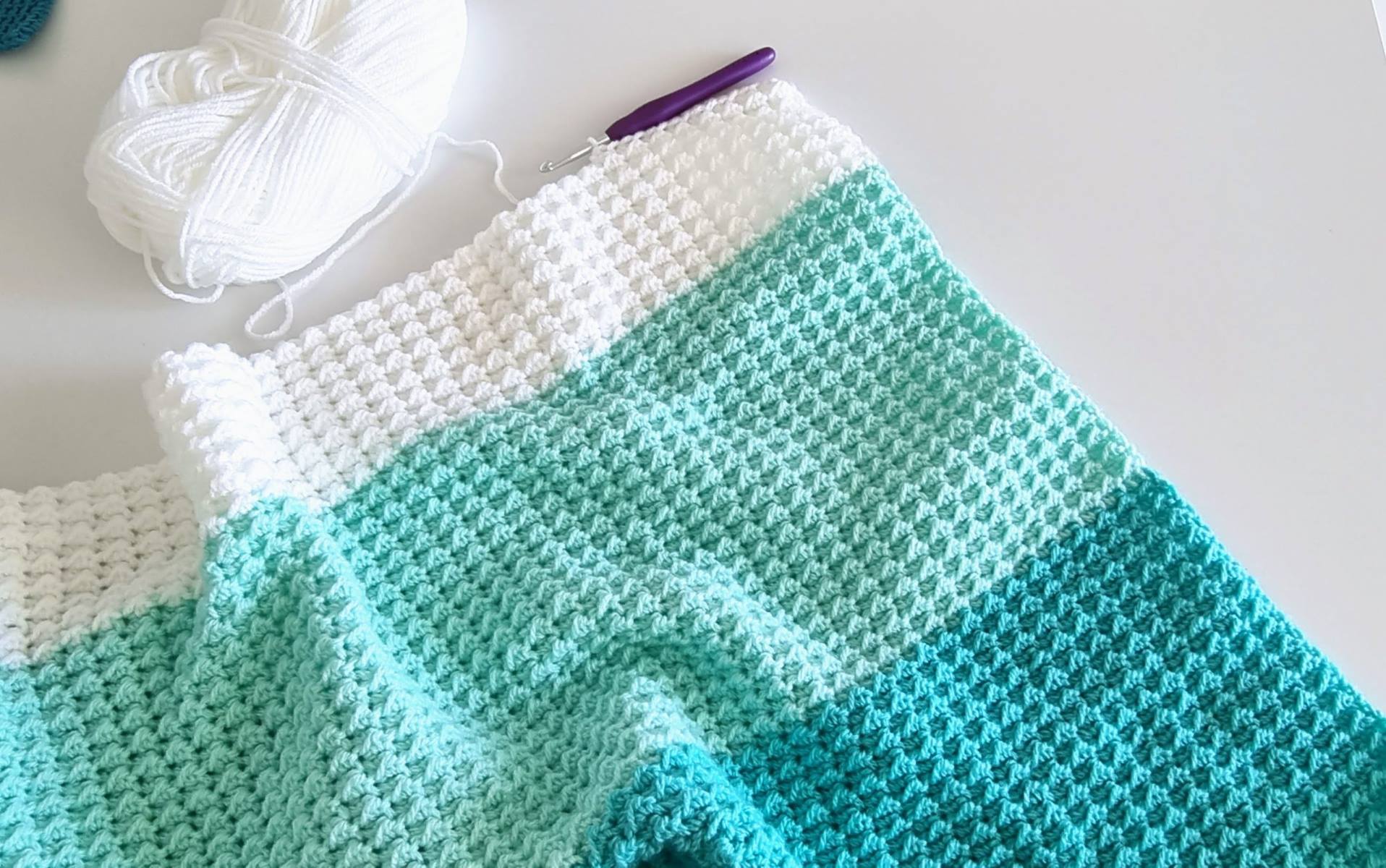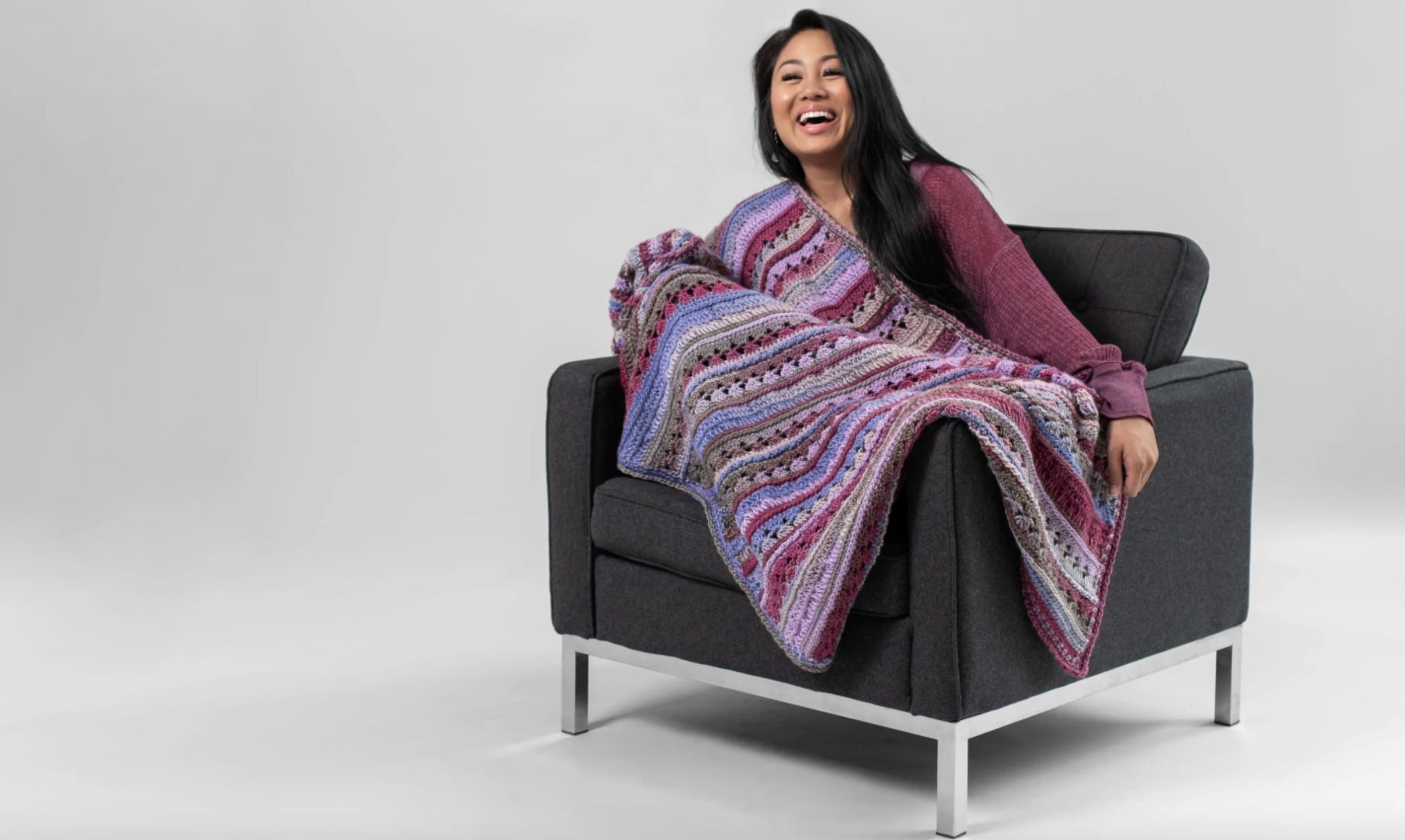

Articles
What Crochet Stitch Is Best For A Blanket?
Modified: January 9, 2024
Discover the perfect crochet stitch for your next blanket project! Our collection of articles provides expert advice and recommendations to help you choose the best stitch for maximum warmth and comfort.
(Many of the links in this article redirect to a specific reviewed product. Your purchase of these products through affiliate links helps to generate commission for Storables.com, at no extra cost. Learn more)
Introduction
When it comes to crocheting a blanket, selecting the right type of crochet stitch is essential. The crochet stitch determines the overall texture, thickness, and appearance of the blanket. Each stitch has its own unique qualities, making it crucial to consider various factors before deciding on the best stitch for your project.
In this article, we will explore different crochet stitches commonly used for blankets and discuss their pros and cons. Whether you’re a beginner or an experienced crocheter, this guide will help you make an informed decision and create a blanket that is both beautiful and functional.
Key Takeaways:
- Choose the right crochet stitch based on your skill level, intended use, and desired texture. Experiment with single, half double, double, Tunisian, Granny Square, Chevron, and Moss stitches to create unique and beautiful blankets.
- Each crochet stitch offers its own advantages, from dense and warm fabrics to visually striking patterns. Whether you’re a beginner or experienced crocheter, there’s a perfect stitch for creating cozy, functional, and visually stunning blankets.
Factors to Consider When Choosing a Crochet Stitch for a Blanket
Before diving into the specific crochet stitch options, let’s discuss the factors you should consider when choosing the right stitch for your blanket:
- Level of Difficulty: Consider your skill level and experience in crocheting. Some stitches may be more challenging and require advanced techniques, while others are easier to master. It’s important to choose a stitch that aligns with your comfort level to ensure a smooth and enjoyable crocheting experience.
- Blanket Purpose: Determine the purpose of your blanket. Will it be used as a decorative throw, a cozy winter blanket, or a baby blanket? The intended use will impact your choice of stitch. For example, decorative throws may benefit from intricate and visually appealing stitches, while baby blankets may require a softer and more delicate stitch.
- Texture and Thickness: Consider the desired texture and thickness of your blanket. Some stitches create a tighter and denser fabric, making the blanket warmer and suitable for colder climates. Other stitches produce a lighter and airier fabric, perfect for spring or summer blankets.
- Yarn Choice: The type of yarn you use can greatly influence the final look and feel of the blanket. Thicker yarns work well with bulkier stitches, while finer yarns are better suited for more delicate stitches. Take into account the weight, fiber, and color of the yarn when selecting your stitch.
- Time and Effort: Consider the amount of time and effort you are willing to put into the project. Some stitches require more stitches and rows to complete a blanket, which can result in a longer crocheting time. If you’re working on a tight schedule or prefer a faster project, opt for a stitch that is quicker to work up.
By considering these factors, you’ll be able to narrow down your options and choose a crochet stitch that best suits your needs and preferences. Now let’s explore some popular crochet stitches that are frequently used for blankets.
Single Crochet Stitch
The single crochet stitch is one of the most basic stitches in crochet, making it a great choice for beginners or those looking for a simple and straightforward stitch for their blanket. This stitch creates a dense and tightly woven fabric, making it ideal for heavier blankets or projects that require extra warmth.
To work the single crochet stitch, insert your hook into the designated stitch, yarn over, and pull a loop through. Yarn over again and pull through both loops on the hook. Repeat this process across the row or for the desired length, and you’ll have a blanket with a neat and uniform texture.
The single crochet stitch offers versatility in terms of stitch placement. You can create a blanket using only single crochet stitches, or you can incorporate different stitch patterns and variations to add visual interest. For example, you can create texture by working front or back post single crochet stitches or by combining single crochet with other stitches like the half double crochet or double crochet.
This stitch is also excellent for adding embellishments or appliques onto your blanket. You can easily attach motifs or create surface designs by stitching onto the single crochet fabric.
While the single crochet stitch is relatively easy to master, it does require more time and effort to complete a blanket compared to other stitches that cover more space with each stitch. However, the result is a durable and tightly woven blanket that will keep you cozy and warm.
Overall, the single crochet stitch is a versatile option for beginners and experienced crocheters alike. It provides a solid foundation for creating various blanket designs, and its dense fabric ensures warmth and durability.
Half Double Crochet Stitch
The half double crochet stitch is a versatile option that combines the simplicity of the single crochet stitch with the added height and drape of the double crochet stitch. This stitch creates a fabric that is denser than the double crochet stitch but less dense than the single crochet stitch, making it suitable for a wide range of blanket projects.
To work the half double crochet stitch, begin by yarn over, then insert your hook into the designated stitch, yarn over again, and pull a loop through the stitch. Yarn over once more and pull through all three loops on the hook. Repeat this process for each stitch across the row or for the desired length.
The half double crochet stitch is a great choice for those who want their blankets to have a bit more drape and texture. It works up faster than the single crochet stitch since each stitch covers more space, allowing you to complete your blanket in less time. Additionally, the resulting fabric has a nice balance between warmth and breathability, making it suitable for a variety of weather conditions.
Similar to the single crochet stitch, you can experiment with different stitch placements and variations to create unique patterns and textures. By working front or back post half double crochet stitches or incorporating other stitch combinations, you can add even more visual interest to your blanket.
Another advantage of the half double crochet stitch is that it uses less yarn compared to other taller stitches like the double crochet or treble crochet, making it more cost-effective. It also provides a good middle ground for those who find the single crochet stitch too dense or the double crochet stitch too open.
Whether you’re a beginner looking to expand your skills or an experienced crocheter seeking a stitch that offers versatility and speed, the half double crochet stitch is a fantastic choice for creating beautiful and functional blankets.
Double Crochet Stitch
The double crochet stitch is one of the most commonly used crochet stitches for blankets. It creates a fabric that is both versatile and relatively quick to work up. The double crochet stitch produces a taller and more open fabric than the single and half double crochet stitches, making it suitable for lightweight, breathable blankets.
To work the double crochet stitch, start by yarn over, then insert your hook into the designated stitch, yarn over again, and pull a loop through the stitch. Yarn over once more and pull through the first two loops on the hook, then yarn over again and pull through the remaining two loops. Repeat this process across the row or for the desired length of your blanket.
The double crochet stitch is popular for its speed and efficiency. With each stitch covering more space, you can create your blanket in less time compared to stitches like the single crochet or half double crochet. The resulting fabric has a lovely drape, making it suitable for blankets that are meant to be lightweight and breathable.
One of the advantages of the double crochet stitch is its ability to showcase stitch patterns and designs. You can easily incorporate different stitch combinations, such as post stitches and shell stitches, to create intricate textures and visual interest in your blanket. Additionally, the taller stitches allow for more variation in height and depth of texture.
It’s important to note that the openness of the double crochet stitch can result in a blanket that may not provide as much warmth as stitches with a denser fabric. If you live in a colder climate or prefer a warmer blanket, you might consider using double crochet in conjunction with other stitches or using thicker yarn to increase the warmth.
Overall, the double crochet stitch is a versatile and popular choice for crocheting blankets. It offers speed, ease of execution, and the ability to create beautiful textures. Whether you’re making a lightweight summer blanket or a decorative throw, the double crochet stitch will undoubtedly give your blanket a classic and timeless look.
The best crochet stitch for a blanket is the double crochet stitch. It creates a dense and warm fabric, perfect for keeping you cozy. Plus, it works up quickly, making it ideal for larger projects like blankets.
Tunisian Crochet Stitch
The Tunisian crochet stitch, also known as Afghan crochet, is a unique technique that creates a dense and textured fabric. This stitch is perfect for blankets as it produces a thick and warm fabric, making it ideal for cozy and snuggly projects. Tunisian crochet combines aspects of both crochet and knitting, resulting in a distinctive and beautiful appearance.
Unlike traditional crochet stitches, Tunisian crochet is worked with an elongated hook with a stopper or a special Tunisian crochet hook. The stitches are worked in two passes: the forward pass and the return pass. The forward pass involves picking up loops on the hook, and the return pass involves working those loops off the hook.
Tunisian crochet offers a wide range of stitch patterns and variations, including basic Tunisian simple stitch, Tunisian knit stitch, Tunisian purl stitch, and more. These stitches create a textured and structured fabric that resembles woven or knitted fabric.
One of the advantages of Tunisian crochet is its ability to incorporate colorwork and intricate designs. Since the loops remain on the hook, you can easily switch colors or use multiple strands of yarn to create beautiful stripes, intarsia, or other colorwork techniques.
It’s worth noting that Tunisian crochet blankets can be time-consuming due to the need to work each row twice. However, the stunning results and the unique texture make it a worthwhile endeavor for crochet enthusiasts looking to try something different.
Tunisian crochet is also great for crocheters who enjoy a more repetitive and rhythmic process. The stitch patterns often involve repeating the same set of steps, creating a soothing and meditative crocheting experience.
If you’re looking to create a blanket with a dense and comforting feel, with unique stitch textures and intricate designs, Tunisian crochet is an excellent choice. It opens up a whole new world of possibilities for creative and visually stunning blankets.
Granny Square Stitch
The Granny Square stitch is a classic and timeless crochet technique that is widely used for creating blankets. This stitch involves working multiple small squares and then joining them together to create a larger blanket. Granny Square blankets are known for their versatility, as they allow for endless design possibilities and color combinations.
To create a Granny Square, you start by making a small center circle, typically with a chain ring or magic circle. From there, you work a series of double crochet clusters, chains, and corners to create the square shape. The resulting squares can be joined together using slip stitches, single crochet stitches, or other joining methods.
One of the biggest advantages of the Granny Square stitch is its versatility. You can create Granny Squares of different sizes, allowing you to customize the dimensions of your blanket. Additionally, you can experiment with various color combinations to achieve different looks and styles.
The Granny Square stitch is also a great option for crocheters who enjoy working on smaller, portable projects. Since each square is made individually, you can carry your work with you and assemble the squares later. This versatility makes it an ideal option for crocheting on-the-go.
Another benefit of the Granny Square stitch is that it allows for creativity in terms of patterns and designs. You can create intricate patterns within each square by combining different stitch variations, such as double crochets, treble crochets, or popcorn stitches. You can also play with color changes or use gradient yarn to achieve stunning visual effects.
Furthermore, Granny Square blankets are not limited to a single stitch pattern. You can incorporate other stitches, such as shells, clusters, or mesh stitches, to add variety and texture to your blanket. This gives you the freedom to create a truly unique masterpiece.
Whether you prefer a vintage-inspired design or a modern geometric pattern, the Granny Square stitch allows you to express your creativity and create a blanket that is truly one-of-a-kind. The versatility, portability, and endless design possibilities make the Granny Square stitch a popular choice among crocheters of all skill levels.
Chevron Stitch
The Chevron stitch, also known as the ripple stitch or zigzag stitch, is a popular choice for creating visually striking blankets. This stitch pattern forms beautiful peaks and valleys, resembling the shape of a chevron or a wave. Chevron blankets are eye-catching and can instantly add a modern, dynamic touch to any space.
The Chevron stitch is achieved by combining increases and decreases within each row. Typically, you work a sequence of double crochets and decrease stitches, such as double crochet two together (dc2tog) or double crochet three together (dc3tog), to create the peaks and valleys of the chevron pattern.
One of the advantages of the Chevron stitch is its versatility in terms of color choices and yarn selections. You can create bold and vibrant blankets using contrasting colors, or opt for a more subtle and elegant look using gradient or ombre yarns. The Chevron stitch allows you to play with color combinations to achieve the desired effect.
Another benefit of the Chevron stitch is that it provides a unique texture and dimension to the blanket. The peaks and valleys create an interesting pattern that adds depth and visual interest. It’s a stitch that is both visually captivating and fun to crochet.
The Chevron stitch is also a great option for crocheters who want to experiment with different stitch heights and combinations. By incorporating stitches like trebles, double trebles, or extended double crochets, you can alter the height and width of the chevron pattern, creating various looks and effects.
It’s important to note that the Chevron stitch may require some attention to stitch counting and pattern repeats to maintain the evenness of the chevron shape. However, once you get the hang of it, it becomes an enjoyable and rewarding stitch to work with.
Whether you prefer a bold and vibrant color scheme or a soft and soothing palette, the Chevron stitch allows you to create blankets that stand out. Its unique texture and captivating pattern make it an excellent choice for those looking to add a modern and stylish touch to their crochet projects.
Moss Stitch
The Moss stitch, also known as the Granite stitch or the Linen stitch, is a simple yet elegant crochet stitch that creates a beautifully textured fabric. This stitch is characterized by its alternating combination of single crochets and chain spaces, resulting in a dense and sturdy blanket with a subtle woven-like appearance.
To work the Moss stitch, you alternate between single crochets and chain spaces across each row. Start by working a single crochet stitch into the chain space of the previous row, followed by chaining one stitch. Repeat this pattern across the row and continue this sequence for subsequent rows. The repetition of single crochets and chain spaces creates a pattern that resembles the look of moss or woven fabric.
The Moss stitch is highly versatile and suitable for various types of blankets. It works well with different yarn weights and fibers, allowing you to create blankets of different thicknesses and textures. From lightweight and breathable throws to cozy and warm winter blankets, the Moss stitch can be adapted to suit your desired outcome.
One of the advantages of the Moss stitch is its reversal-friendly nature. This means that the stitch pattern looks the same on both sides, making it ideal for reversible blankets or projects where both sides will be visible. It eliminates the need for a distinct right side and wrong side, resulting in a visually cohesive and seamless look.
Another benefit of the Moss stitch is its excellent draping capabilities. The alternating single crochets and chain spaces create a fabric that has a natural stretch and flexibility, allowing the blanket to drape beautifully without losing its shape. This makes the Moss stitch an excellent choice for blankets that will be used and wrapped around the body.
In addition to its attractive appearance and versatility, the Moss stitch is relatively easy to master, making it suitable for both beginners and experienced crocheters. With its repetitive pattern, the stitch quickly becomes intuitive, allowing you to work on the project comfortably without constant reference to a pattern.
Whether you’re looking to create a textured and visually appealing blanket or enjoy the soothing rhythm of repetitive stitches, the Moss stitch is a fantastic choice. Its simplicity, versatility, and elegant outcome make it a popular stitch among crocheters of all levels.
Read more: How To Crochet Mattress Stitch
Conclusion
Choosing the right crochet stitch for your blanket is an important decision that can greatly impact the overall look, feel, and functionality of your project. Consider factors such as your skill level, intended use, desired texture and thickness, yarn choice, and the time and effort you’re willing to invest.
Single crochet stitch is a great option for beginners or when you want a dense and tightly woven fabric. The half double crochet stitch provides a balance between simplicity and drape, while the double crochet stitch creates a more open and airy fabric. Tunisian crochet offers a unique technique that produces a dense and textured fabric, perfect for cozy blankets. The Granny Square stitch allows for endless design possibilities and customization, while the Chevron stitch adds a modern and dynamic touch with its peaks and valleys. The Moss stitch creates a beautifully textured fabric with a subtle woven-like appearance.
Each crochet stitch has its own unique qualities and advantages, allowing you to create blankets that suit your personal style and preferences. Experiment with different stitches, color combinations, and patterns to bring your vision to life.
Remember to pay attention to the stitch count, gauge, and pattern instructions to ensure a well-executed project. Practice and patience are key to achieving consistent and beautiful results.
Crocheting a blanket is a labor of love and an opportunity to showcase your creativity and skill. With the right crochet stitch, you can create blankets that are not only functional and cozy but also visually stunning and heirloom-worthy.
So grab your hook, choose your favorite crochet stitch, and embark on a wonderful journey of creating blankets that will be cherished for years to come.
Frequently Asked Questions about What Crochet Stitch Is Best For A Blanket?
Was this page helpful?
At Storables.com, we guarantee accurate and reliable information. Our content, validated by Expert Board Contributors, is crafted following stringent Editorial Policies. We're committed to providing you with well-researched, expert-backed insights for all your informational needs.
